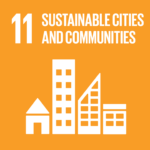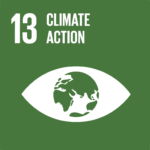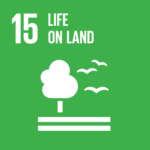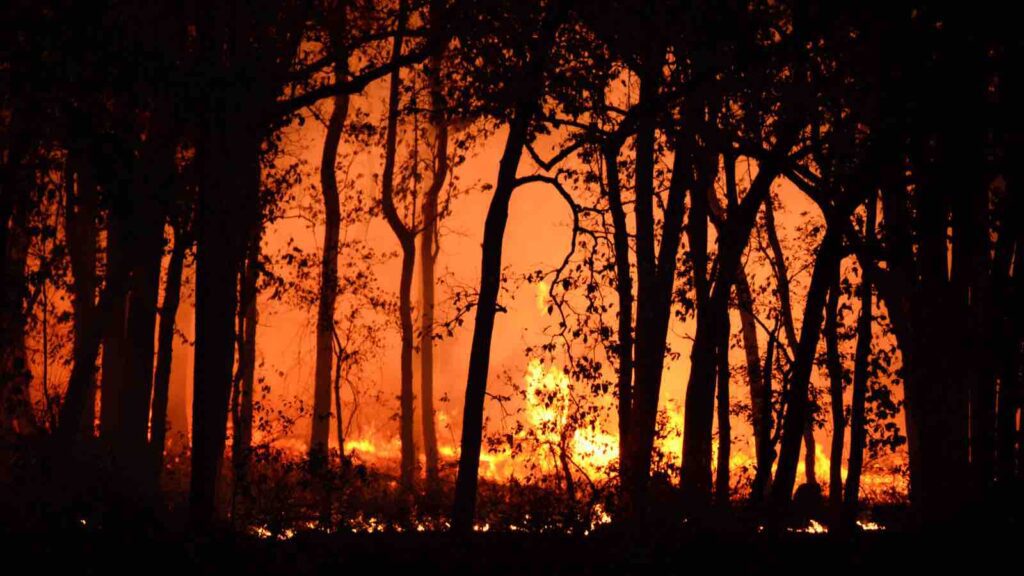As South Korea reels from its deadliest wildfire season on record, a new scientific study has drawn a stark conclusion: the catastrophic fires were made twice as likely because of human-driven climate change.
SEOUL — A fresh attribution report from World Weather Attribution (WWA), an international academic network studying the links between climate change and extreme weather, has found that the hot, dry, and windy conditions that fueled the March wildfires in southeastern South Korea were about twice as likely and 15% more intense due to global warming caused largely by fossil fuel emissions.
RELEVANT SUSTAINABLE GOALS



Climate Change Is No Longer in Doubt
“A decade ago, the influence of climate change on events was less clear. But now, it’s undeniable,” said Friederike Otto, co-lead of WWA and senior lecturer in climate science at Imperial College London. “The wildfires in South Korea are a case in point — a doubling in likelihood of fire-weather is a huge increase and puts thousands more people at risk.”
The fires, which erupted after months of unusually low rainfall and record-breaking heat, burned across approximately 104,000 hectares, an area larger than New York City. At least 32 people lost their lives, and roughly 5,000 buildings were destroyed, including many ancient cultural sites.
The Perfect Storm: Heat, Drought, and Wind
Meteorological records reveal that 2024 was South Korea’s hottest year since national record-keeping began in 1973, with an average temperature of 14.5°C. In March, Gumi in North Gyeongsang Province saw temperatures spike to 28.5°C, far above the seasonal norm of 14°C, while Seoul recorded its second-highest March temperature ever at 24°C.
These conditions turned the nation’s forests and grasslands into tinderboxes. Drought-parched vegetation and strong winds created a landscape primed for ignition, whether from human activity, lightning strikes, or other sources. Once sparked, the fires spread with alarming speed, devastating vast swaths of land and displacing communities.
Wildfires on the Rise Globally
The WWA study adds to a growing body of evidence linking climate change to increasingly frequent and intense extreme weather events, including floods, droughts, heatwaves, and wildfires.
Globally, the wildfire season has lengthened by roughly two weeks on average. In the western United States, for example, wildfire seasons are now 105 days longer than in the 1970s, burning six times as many acres and generating three times as many large fires.
Yet, interestingly, a 2017 study published in Science found that despite the intensifying climate, the total global area burned by wildfires each year has declined by about 25% over the past two decades. This decline is largely due to agricultural expansion reducing burnable grassland and savanna areas.
The findings from South Korea serve as a warning to governments, communities, and policymakers across Asia and beyond. As temperatures continue to rise, the risks posed by extreme heat, drought, and wildfire will only grow.
Experts like Otto stress the urgent need for action: reducing fossil fuel emissions, investing in climate resilience, and rethinking land management practices. Without these measures, future wildfire seasons could become even more deadly and destructive.
“Even if we act now, the climate system will take decades — sometimes over a century — to cool down,” Otto noted. “But delaying action only locks in more damage and hardship.”
You may also be interested in :
Record-Breaking March Temperatures Signal Mounting Threat to Climate Goals





